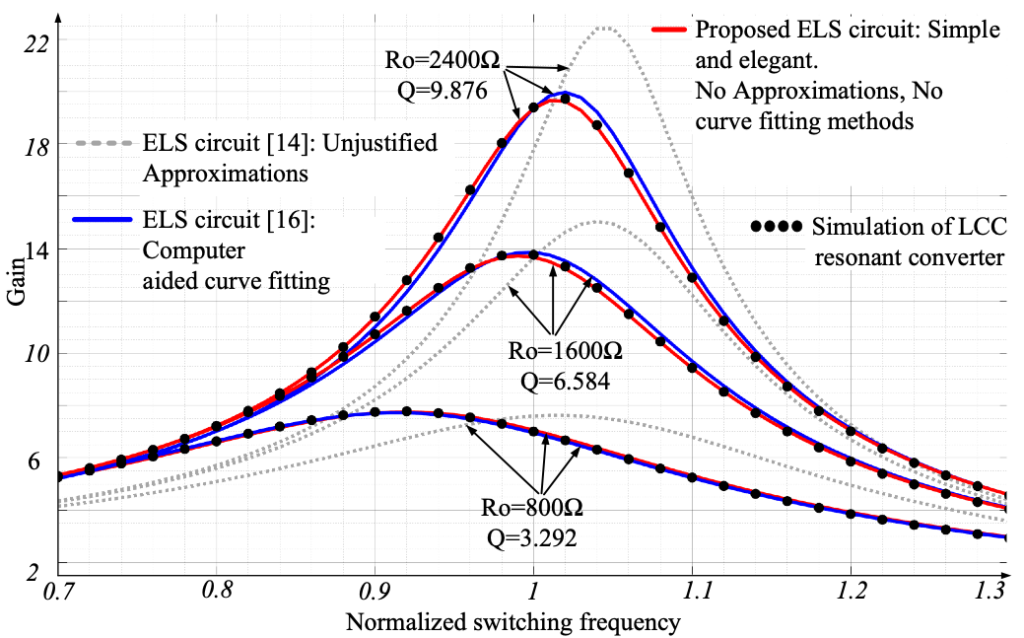A Simple Technique for Fundamental Harmonic Approximation Analysis in Parallel and Series-Parallel Resonant Converters
Authors: Akshay Kumar Rathore, Senior member IEEE, and Venkata R Vakacharla, student member IEEE
Abstract
The Fundamental Harmonic Approximation (FHA) analysis favored engineers by alleviating obstacles in analysis, loss computation, and optimization by reducing complex resonant converter into a mere Resistance-Inductance-Capacitance (RLC) circuit. However, to improve the power density of an X-ray machine power supply, elimination of filter inductor leaves parallel and series-parallel resonant converters with capacitive filter in output, which forces the Rear End Rectifier (RER) to draw discontinuous currents. These unprecedented discontinuous currents through resonant tanks complicate the FHA analysis, a simple and elegant approach, by forcing it to adopt computer-aided techniques and numerical methods similar to the time domain, state-space, and state-plane approaches. Therefore, all available tools, including traditional FHA, fail to model these converters with reduced complexity and labor. Addressing this issue, this paper presents a technique to restore the simplicity of FHA analysis in the case of parallel and series-parallel resonant converters terminated with capacitive filters. The authenticity, simplicity, and accuracy of the proposed technique are demonstrated through results. Further, a detailed comparison with existing modeling techniques is also provided.


